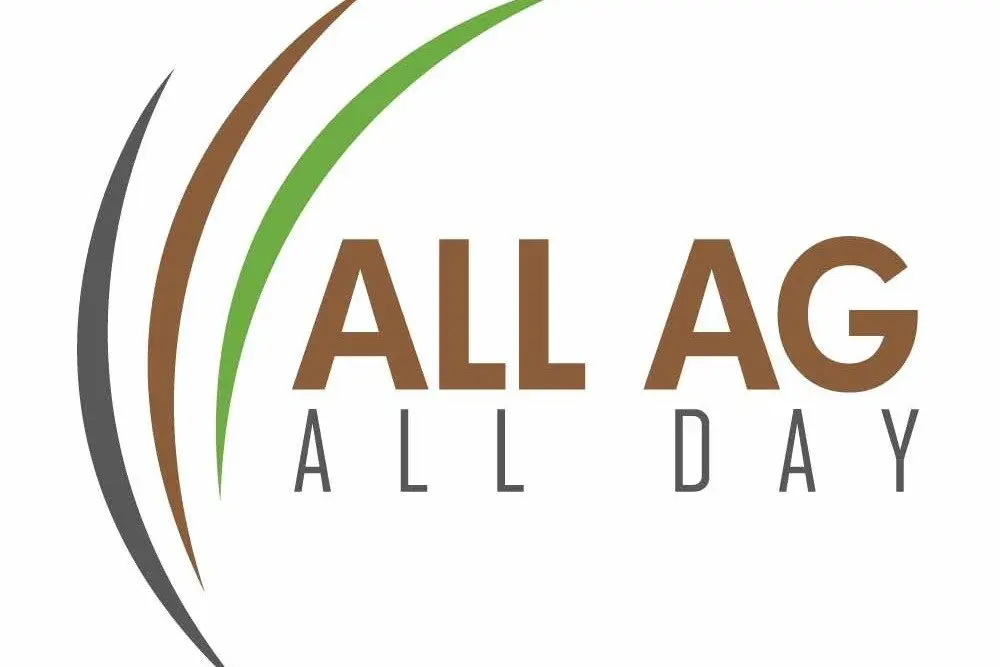
All Ag, All Day is the nation's only full-time farm radio station with studios in Floydada and Nashville, TN (www.AllAgNews.com)
House Reauthorizes Grain Standards Act Through 2030
WASHINGTON, DC – The U.S. House has passed the United States Grain Standards Reauthorization Act of 2025, extending the law through 2030 with strong bipartisan support. The legislation authorizes USDA’s Federal Grain Inspection Service to continue enforcing official grading standards for major crops, including corn, wheat, soybeans, sorghum, barley, oats, and canola. Updates include converting user fees into a trust fund, removing equipment and technology development from the cap on administrative expenses, and directing USDA to prioritize improved grain grading technology. Farm groups stress the importance of reliable inspections and uniform standards for protecting U.S. grain quality in both domestic and global markets.
For producers, the law ensures continuity in the grading system that underpins market trust and premiums for quality grain. In today’s climate of tight margins and volatile trade conditions, uninterrupted inspections and modernization of grading processes will be critical to maintaining U.S. competitiveness.
**********
Southern Farm Bankruptcies Climb After Pandemic Decline
NASHVILLE, TN – Chapter 12 bankruptcy filings among southern family farms rose sharply in the latest reporting year, signaling renewed financial stress. According to University of Arkansas economists, 101 Chapter 12 cases were filed from July 2024 through June 2025, nearly double the 53 recorded in 2023. The region had previously seen filings peak at 148 in 2020 before pandemic aid and stronger commodity prices eased pressure.
Georgia, Texas, and Arkansas account for the majority of filings over the past decade; however, Arkansas stands out in the latest report, surging from just 4 cases in 2023 to 25 in 2025. Analysts note the rebound may reflect cyclical farm finances, but also highlight uneven stress across states tied to crop mix, debt load, and production systems. For smaller operations with limited liquidity, high input costs, and tight margins are driving some families to seek relief under Chapter 12, a program created in 1986 to help farmers reorganize while continuing to operate.
Farm-Level Takeaway: The rise in bankruptcies underscores deep financial stress among southern producers, especially smaller family operations. Alongside financial planning, experts stress the importance of mental health resources such as the National AgriStress Helpline (1-833-897-2474).
**********
Global Fertilizer Markets Shift With India Tender News
LUBBOCK, TX – StoneX analyst Josh Linville says India’s unexpected nitrogen tender is shaking up global fertilizer markets. India announced plans to purchase 2 million tons of urea, split between east and west coast deliveries, with shipments through October. A record 5.6 million tons were offered—highlighting abundant global supply, including renewed Chinese exports. While India may meet only part of its need now, another tender could follow soon. This is seen as bearish for global nitrogen values.
In North America, UAN supply remains tight due to low inventories, planned plant maintenance, and possible tariffs on Russian imports. That backdrop, combined with strong corn acreage expectations, points to robust nitrogen demand into 2026. Ammonia (NH₃) may gain favor as the cheapest nitrogen source, with a solid fall run likely if the weather cooperates.
Phosphate remains costly, pressured by limited Chinese exports and steady Indian buying, while North American production lags. Potash values are flat but may shift depending on farmer cutbacks in phosphate applications.
Farm-Level Takeaway: Farmers should prepare for tighter UAN supplies but potential savings from ammonia use. High phosphate costs may force difficult choices on nutrient applications this fall.
**********
China-ASEAN Trade Upgrade Could Challenge U.S. Agriculture
NASHVILLE, TN – China is moving toward finalizing an upgrade of its free-trade pact with the Association of Southeast Asian Nations (ASEAN), known as CAFTA 3.0. This pact is separate from CAFTA-DR, the U.S. trade agreement with Central America and the Dominican Republic. ASEAN comprises 10 countries in Southeast Asia, including Indonesia, Vietnam, Thailand, Malaysia, and the Philippines, making the bloc a significant buyer and competitor in global agricultural trade. The CAFTA 3.0 upgrade is expected to expand cooperation in agriculture, digital trade, and green development, while improving logistics and cold-chain systems across the region. China and ASEAN have been each other’s largest trading partners for five years, with bilateral trade totaling $687 billion through August 2025, up nearly 9% from a year earlier.
Analysts note that the deal could give ASEAN exporters of palm oil, sugar, rice, and other agricultural goods broader access to the Chinese market, intensifying competition for U.S. products. As Beijing strengthens regional trade ties, U.S. agriculture may face added challenges maintaining market share in ASEAN nations, especially as tariffs and shifting supply chains continue to weigh on American exports.
Farm-Level Takeaway: U.S. soybean, corn, pork, and rice exporters may face tougher competition in Southeast Asia under CAFTA 3.0. Farmers and agribusinesses should watch for shifting demand and focus on marketing, efficiency, and alternative markets to stay competitive.



